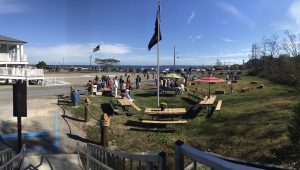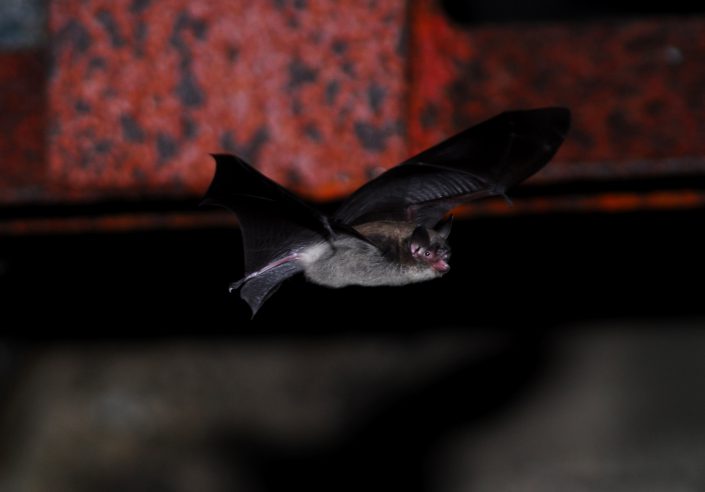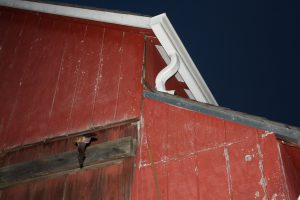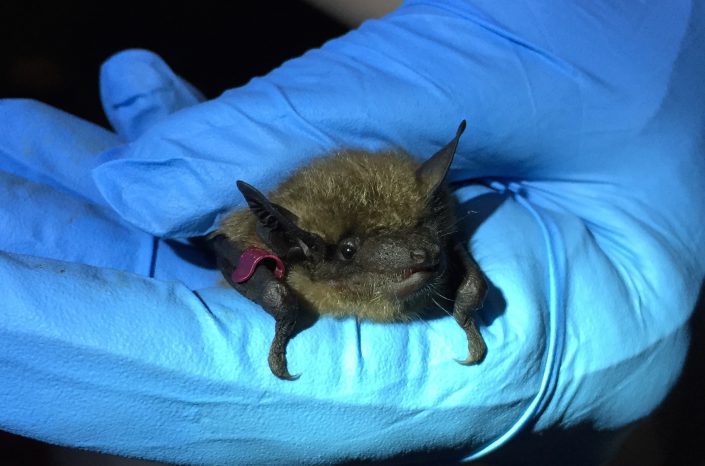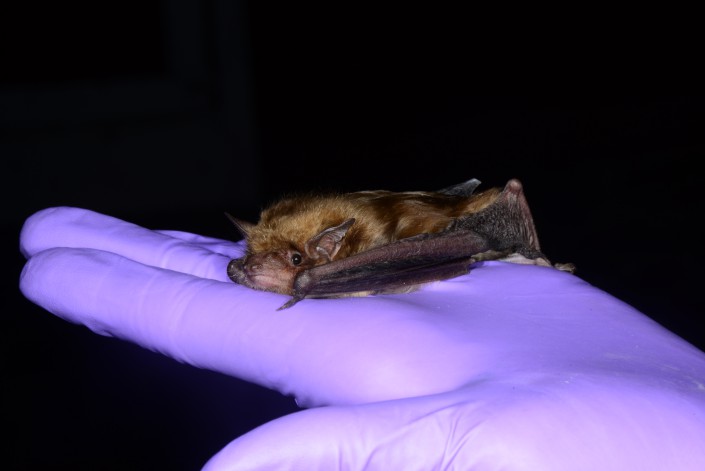Save Your Seeds This Halloween!
by Meaghan Lyon

Halloween is right around the corner and of course that means preparing for the age-old tradition of carving pumpkins into jack-o-lanterns. An event that brings joy to your household and trick or treaters on Halloween night can also be beneficial to wildlife! Instead of tossing the seeds and guts of your pumpkins into the trash, save the seeds to feed wildlife in your own backyard.
As the weather gets cooler and food becomes scarcer, wildlife species like migrating songbirds and small mammals seek out fall nuts and berries to help get them through the cold weather months. Migrating songbirds need energy to fuel their long migration south and molt into their winter plumage. Songbirds also need to store more fat to help resist the cold. Pumpkin seeds are full of essential nutrients and trace minerals that could be hard to come by in the winter.
Small mammals like squirrels and chipmunks can also benefit from pumpkin seeds. Although you may not see as many squirrels and chipmunks in the winter, they do not hibernate. Their activity slows down considerably in the winter and they rely on the food they stored in the fall. Food caching is a common practice among small mammals which allows them access to food when the ground is frozen or covered in snow. Additionally, pumpkin seeds are a healthy snack to help store fat for the winter.

There are many ways you could provide these seeds to wildlife. The pumpkin seeds can be added to a bird seed mix or just sprinkled on the ground. They do not need to be baked or dried, just left in a small bowl accessible to your backyard critters. If carving pumpkins is not your aesthetic, wildlife will also enjoy the pumpkin or squash in its entirety.
This is a great way to use every part of your Halloween pumpkins and be left with no waste! After Halloween, the pumpkins can also be composted at a local facility to help benefit the environment. Let’s make this year a Happy Halloween for communities and for wildlife!
Meaghan Lyon is a biologist with Conserve Wildlife Foundation.
